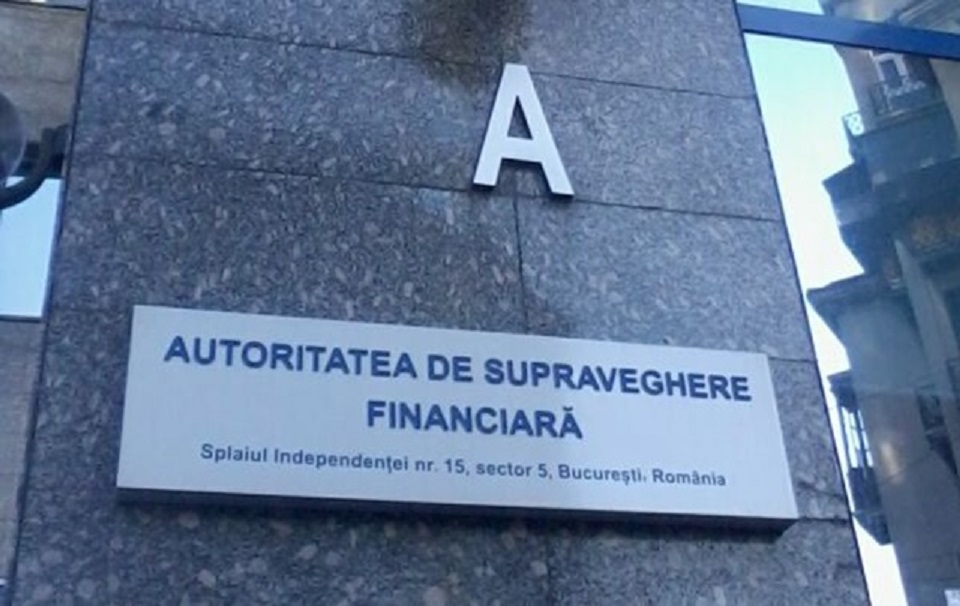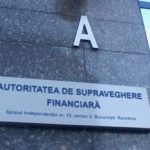A.S.F. : Non-banking financial markets have doubled in the seven years leading up to the war in Ukraine

The cumulative size of the assets of the three non-bank financial markets in Romania (insurance market, private pensions market and capital market) doubled from 2014 to the end of 2021, reveals the latest Report on the stability of non-banking financial markets, prepared by the Financial Supervisory Authority (A.S.F.).
Compared to the Gross Domestic Product (GDP), the system’s assets represented 14.1%, the highest level so far, which certifies the recovery after the health crisis generated by the COVID-19 pandemic. However, the outbreak of war in Ukraine earlier this year led to the emergence of a new period of high volatility. All seven major risks considered by A.S.F. they remain high, four of which are higher than in the previous period. “All these factors keep several risks at a high level, as new shocks could lead to increased tensions and significant corrections in the international and local financial markets:
Macroeconomic risk – Given that the new sources of risk posed by the crisis caused by the armed conflict between Russia and Ukraine are expected to affect the global economy and the prospects for the recovery and consolidation of state economies in 2022, generating a slowdown economic growth and rapid rise in inflation.
Market risk – likely to increase in the context of maintaining the decoupling of assets from economic fundamentals amid rising contagion and worsening macroeconomic prospects, with high uncertainty in the current crisis and declining consumer and investor confidence, determine the erosion of asset prices.
Operational risk – with a growing trend, amid intensified large-scale cyber attacks, in the context of the military conflict between Russia and Ukraine, “the A.S.F. In the same vulnerable macroeconomic context, the trend and the probability of materializing the credit risk were assessed upwards, the level remaining medium to high. The other risks remain in this category: liquidity risk, with increasing trend and probability of materialization, solvency risk and profitability risk. Regarding the particularities of each of the three non-banking financial markets, it is worth noting that the capital market managed to recover strongly after the COVID-19 crisis and, subsequently, a relative stabilization after the shock of the war in Ukraine.
At the level of April 2022, the volatility indicators returned to the level before the outbreak of the war in Ukraine, but the risks remain high. The private pension market grew in 2021, but declined in terms of yields in the first half of 2022, and managers will change their investment strategy, given the current inflationary context and the decline in the value at which government securities are traded. on the secondary market. The high degree of concentration on the insurance market continues to be a vulnerability both in terms of exposure by insurance classes and in terms of significant market shares held by a relatively small number of insurance companies.
A possible source of stability for all three non-bank financial markets is the concentration in the area of green finance, a segment that is in the spotlight both within the PNRR and in general at European level. “Given the European and local efforts to encourage green finance, with a view to the transition to a truly sustainable economy, the A.S.F. examined the desirability of easing prudential requirements for green funding.
Currently, there are no legislative or prudential investment restrictions on green finance applicable to institutional investors supervised and regulated by the A.S.F. Thus, investment funds, private pension funds and insurance companies can contribute to the development of the green economy by investing parts of their portfolios in green financial instruments. In this context, the legal framework on investment has proved to be very flexible, for each category of institutional investors, which allows an efficient and diversified allocation of the portfolio across several asset classes, depending on the individual investment policy of each investor. , allowing the encouragement and support of the development of the green economy, through specific mechanisms of the non-bank financial market ”, notes the quoted report.
The full report here














